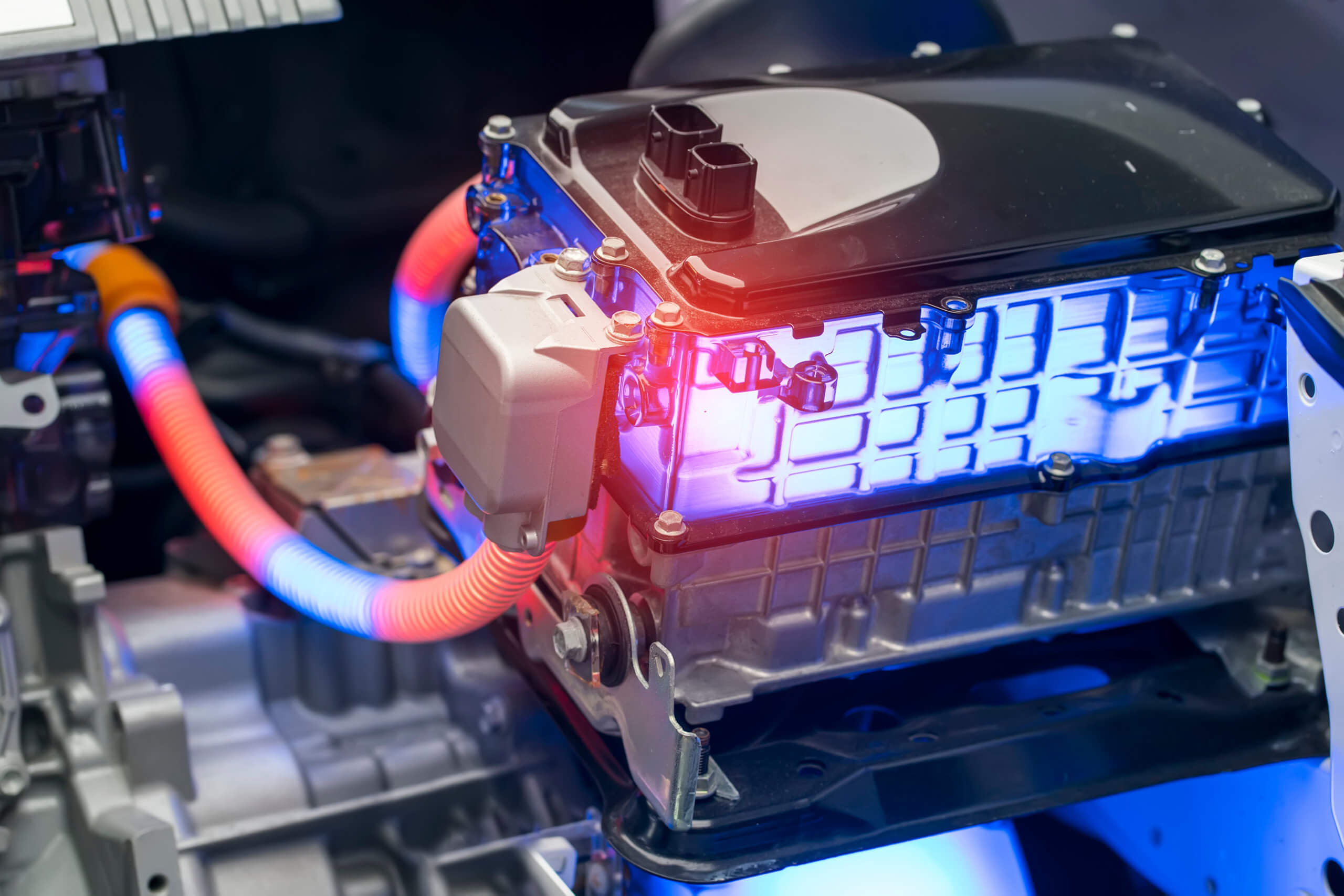
Prior to his confirmation as Secretary of Transportation, Pete Buttigieg commented on the need for more electric vehicles to meet sustainability goals. From their role in making EVs lighter—and therefore able to travel further on a single charge without risking safety—to more affordable EV batteries with plastic casings, plastics play a vital role in making transportation safer, cheaper and more efficient.
Plastics’ part in improving automobile design dates back long before EVs took to the road. Since the 1950s, plastics have offered lightweight, affordable solutions for both aesthetic and structural automotive applications, in some cases replacing steel as the material of choice in automobile engineering and construction. Today, every car model incorporates some plastic parts and most cars consist of 50 percent plastics by volume, though plastics only account for 10 percent of the car’s weight. The remaining 50 percent of traditional materials in cars serve as opportunities for further weight reduction through substitution with plastic products.
With such versatility, plastics further elevate and support modernization and are vital to consumers as much as they are to the industries that use them.
While a number of plastic polymers are utilized in the production of auto parts, the three most common are polypropylene, polyurethane, and polyvinyl chloride (PVC). These plastics are able to withstand harsh conditions and high temperatures making them useful for anything from engine parts to lubricant tanks and tubing to tires to interior fabrics, providing the perfect substitute for heavier, more expensive materials.
Carbon fiber reinforced plastics, which were traditionally only used for parts in high-performance vehicles, are a durable and lightweight material that is now being used to further increase fuel efficiency in all autos. This material is 30 percent to 50 percent lighter than glass and metal, and is even more durable in some cases, making cars more efficient. According to the U.S. Department of Energy, every 10 percent weight reduction in a vehicle can increase fuel economy by 8 percent, which could save consumers $5,000 in fuel over the life of the car. In EVs, lighter vehicles equate to longer use between charges.
A number of global auto companies, including Ford, General Motors, BMW, and Toyota/Lexus, are already using carbon fiber reinforced plastics. This transition is likely to accelerate given that global carbon fiber prices are falling, which will further reduce the price of new vehicles and increase affordability. The Department of Energy says the next generation of carbon fiber reinforced plastics parts will further reduce the weight of a car by 50 percent and improve fuel efficiency by 35 percent, without compromising safety or performance.
Plastics are responsible for a number of modern safety innovations in the automotive sector, including seat belts, airbags, and crumple zones.
Seatbelts, made from polyester fiber, save nearly 15,000 lives a year and reduce the risk of death in frontal car crashes by 30 percent, according to the National Highway Traffic Safety Administration. Airbags, which are made from high-strength nylon fabric, reduce driver fatalities by nearly 30 percent a year. Side airbags can reduce death rates in accidents by over 50 percent. An added small layer of plastic on windshields, windows, and sunroofs protect passengers by preventing splintering glass that prevent over 300 fatalities a year. Fiber-reinforced polymers used to create better crumple zones, or the area that absorbs impact in a crash, absorb four times the crush energy as steel, reducing impact and passenger injury.
The same plastic honeycombs used for crumple zones are now keeping batteries safe in EVs, which have more vulnerable impact absorption characteristics. In comparison to humans, which can absorb a gravitational force (G force) of 80, electric batteries can only absorb a G force of 60, making plastics vital for the longevity of expensive batteries. Traditional glass and metal materials cannot absorb the necessary force to keep these batteries safe, making plastics all the more vital to support the continued modernization of autos.
It isn’t just cars, but the roads they’re driven on, that are improving because of plastics. A new development in the pavement industry involves using existing asphalt, mixed with recycled plastics, to create more durable, flatter roads. The California company TechniSoil International is using recycled PET plastic—most commonly used in soda and water bottles—mixed with repurposed asphalt to construct these new roads.
As the president of the company, Sean Weaver, explained:
“Everybody that’s looked at it said this will be one of the most transformative road-construction technologies ever. We’re recycling what’s there, and we’re delivering a road that’s better than the original, at no higher cost than it would cost you to rehab that road the traditional way.’’
Other companies, like the UK-based MacRebur, offer construction on similar roads and have already worked to repave areas around the University of California San Diego. The process of using plastics in roads to bind repurposed asphalt demonstrates the versatility of this material, and how it can continue to transform our transportation system and infrastructure to be more durable, more efficient, and more sustainable.